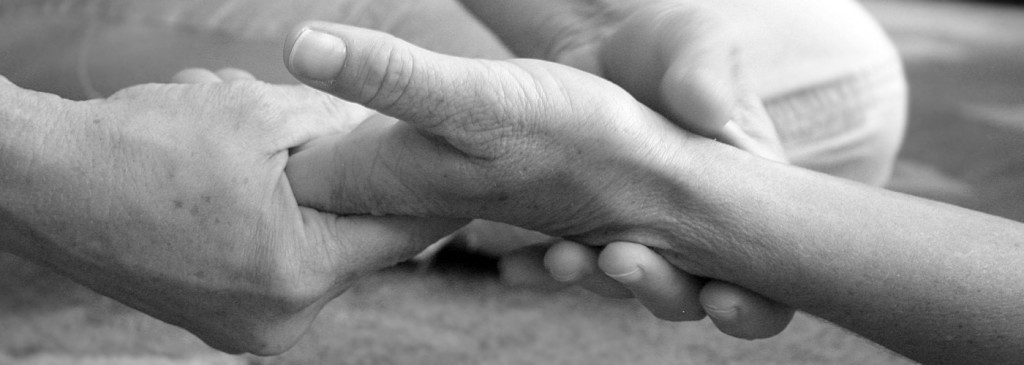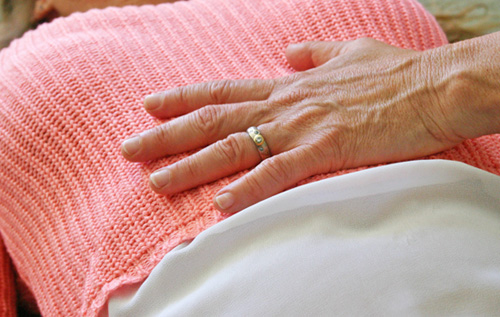
What is Integrative Manual Therapy?
Integrative Manual Therapy (IMT) is a unique methodology that includes diagnostic and treatment primarily with a hands on the body approach. It also considers nutritional supplements, diet and psychotherapeutic technology to create a comprehensive and holistic program for the individual.
Allowing the body to heal itself
The core philosophy of IMT is that the body can heal and repair itself. Treatment techniques involve very light and gentle pressure from the practitioner’s hands to the client’s body. This contact establishes a communication and field for the body to repair, self correct and restore homeostasis (balance) to the tissue being treated. IMT considers multiple systems in treating dysfunction: bone, muscle, nerve, endocrine, lymph, digestive, respiration and circulatory.
“Listening” to connective tissue
IMT takes a unique approach to observing the skeleton and its relationship to posture, the joints and associated muscles. Using a specialized technique called Myofascial Mapping, the practitioner places the hands lightly on the body and listens with her/his hands to the fascia; the connective tissue that wraps and supports your muscles, organs body cavities, blood vessels and nerves. This alive and three dimensional spherical system is nourished by movement, healthy cellular respiration and a balance between the joint spaces. There are many possibilities to why the fascia begins to behave in a disrupted manner. Sitting for hours at the computer is one example where the fascia can affect the wrist or prolonged sitting can disrupt the lower back and not only affect the spine and hips but alter the fascial relationships of the feet.
Using a 3 planar technique to unwind the tension in fascia is one of the techniques utilized from the IMT protocols. The goal being to unwind the restricted fascia and restore the balance between all the planes that the joint moves in and allow for healthy communication between connective tissue and the its base layer that exists as a fluid matrix.

Our approach
Although there are several methods out there for unwinding fascia, I use the approach developed by Sharon Weiselfish Giammmateo PH.d PT. She developed the diagnostic tool known as Myofascial Mapping, which allows the practitioner to identify and connect the areas of the body in breakdown. Included in an IMT session the practitioner listens to the body’s capacity to heal, and includes other techniques such as CranialSacral, lymphatic, endocrine/glandular support, cardiovascular and visceral manipulation. If we consider the body’s beautiful design and its capacity to work efficiently and optimally, we need to understand how each of above mentioned systems contribute to the health and wellness of your body.
A gross overview would include managing inflammation and infection and unloading clogged areas by improving the flow in the lymphatic system. Restoring movements in joints and organs to have ideal motion and good spacing, we consult our cranial and spinal cord to invoke healthy biomechanics. We can learn meditation techniques to recalibrate our brain activity and access delta brain waves to calm both body and mind. We need some form of movement to reconnect us to our ever changing bodies to nourish, invigorate and reconnect to new “spaces.”